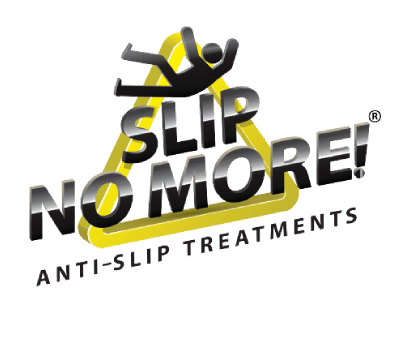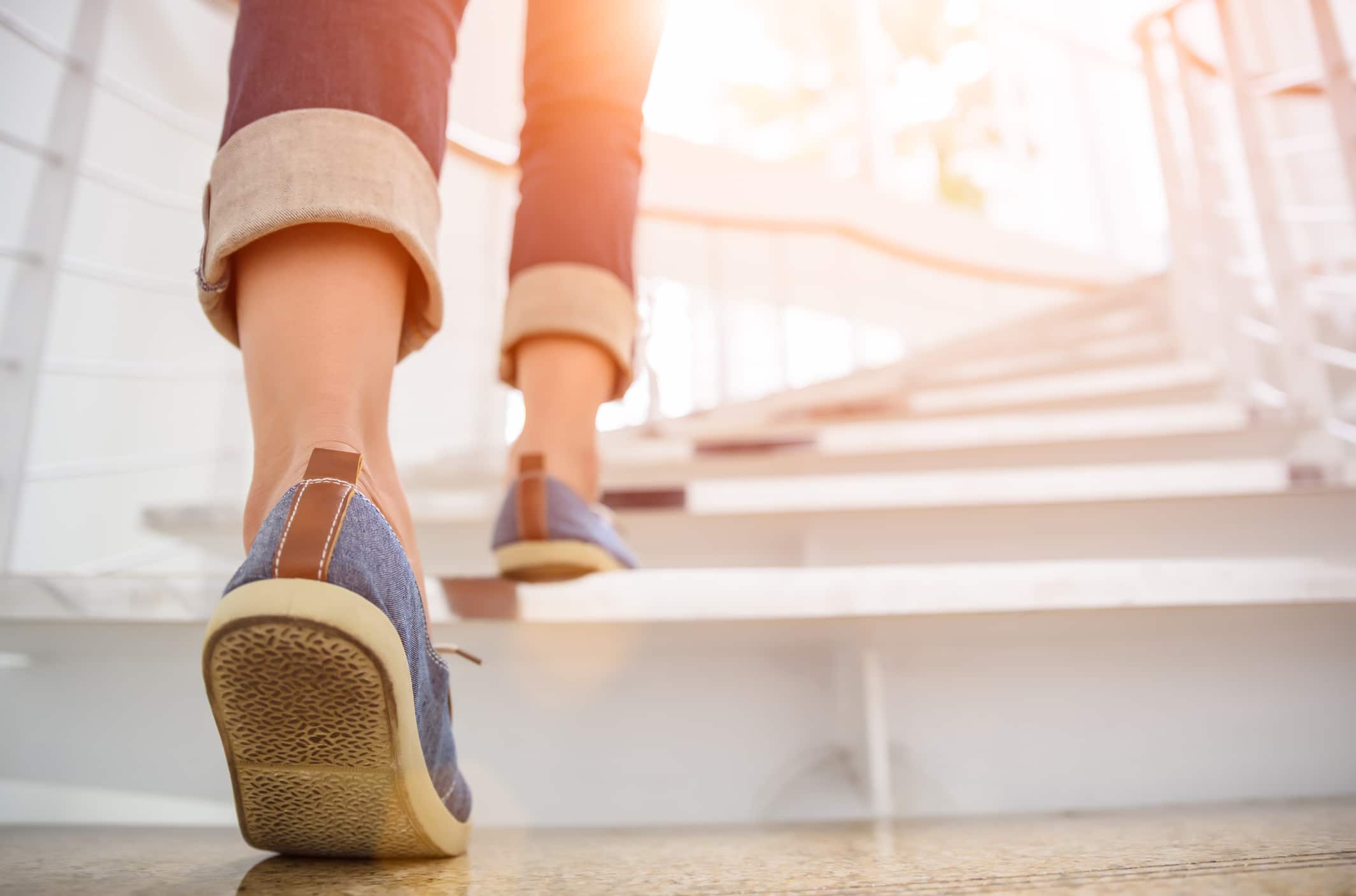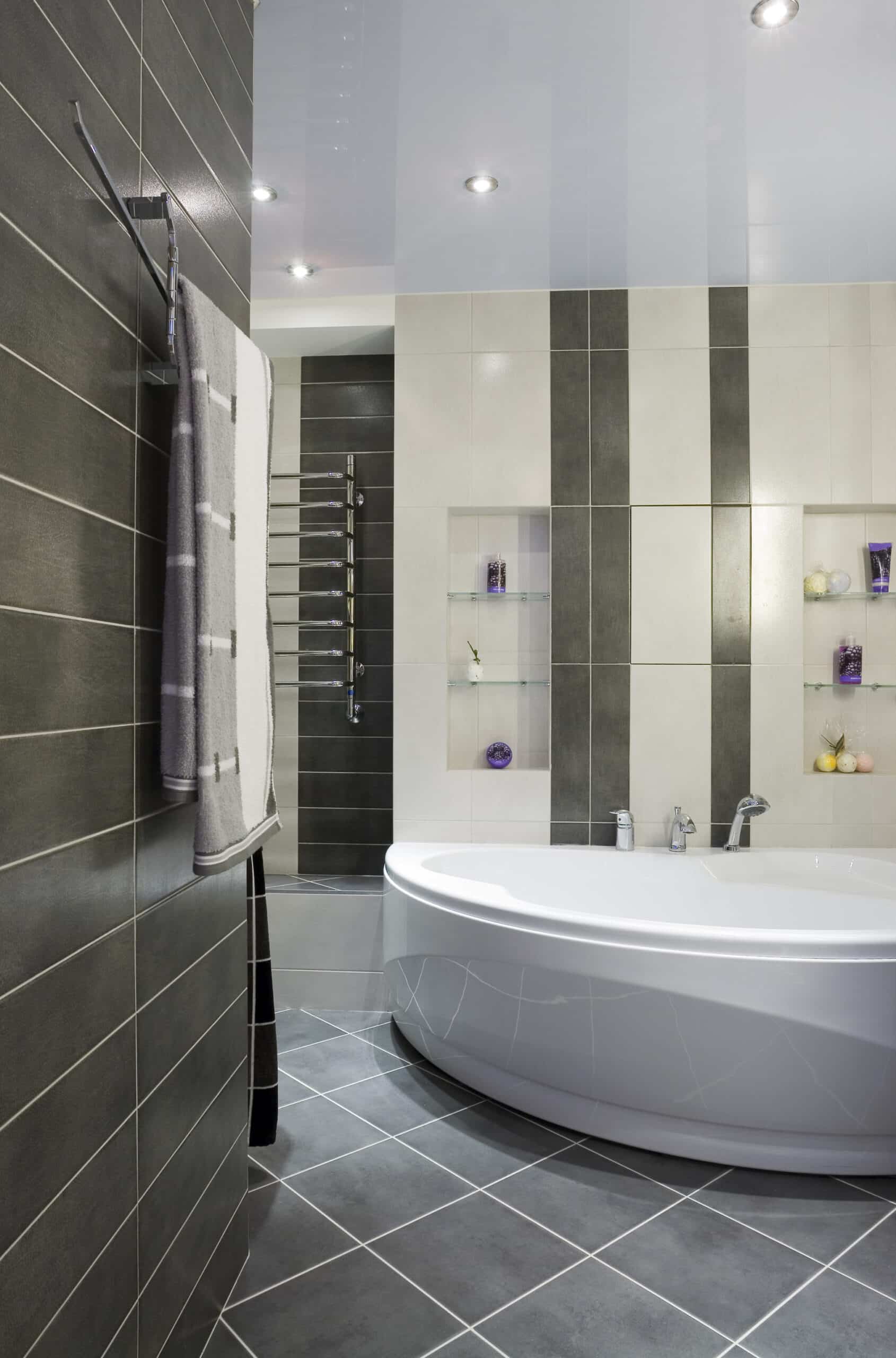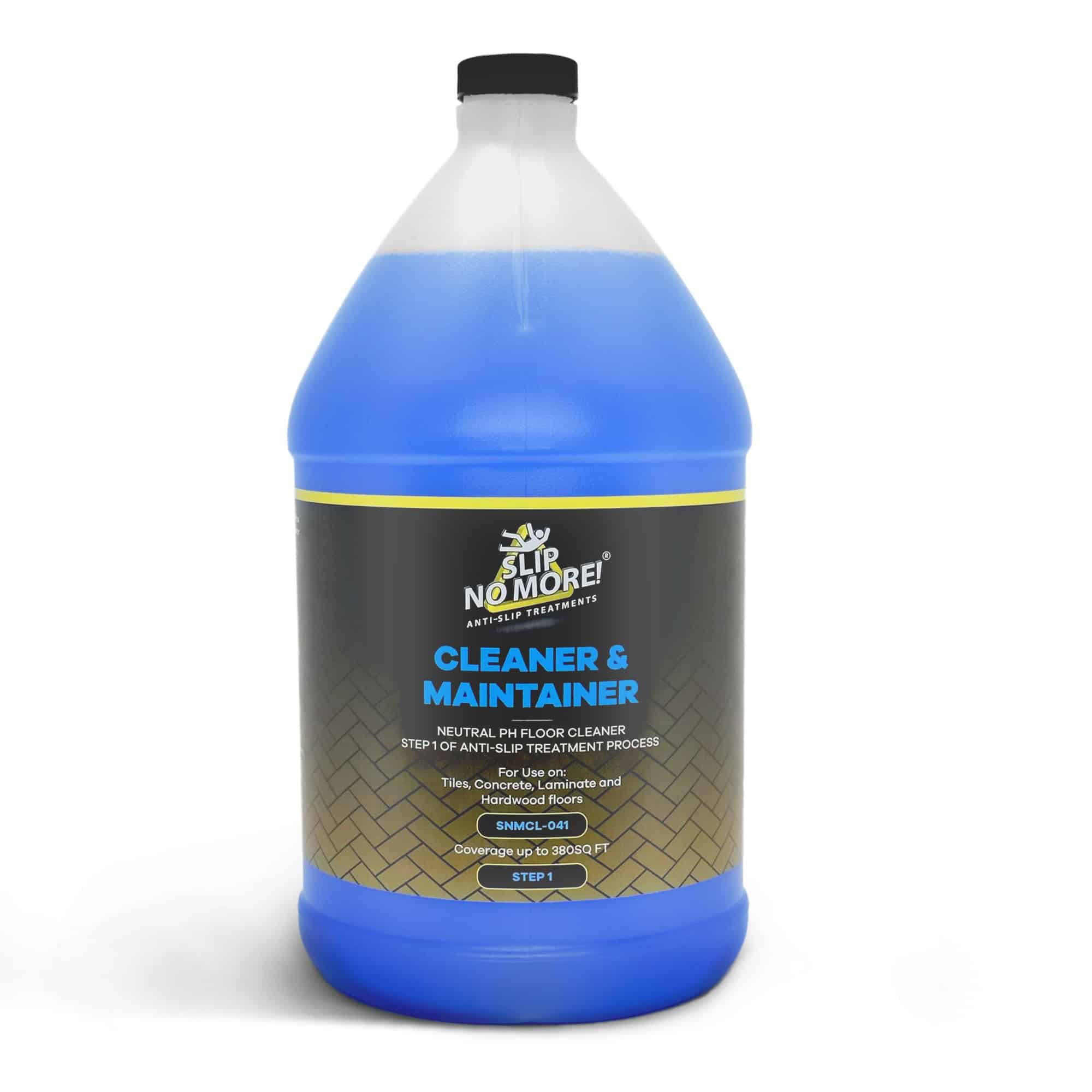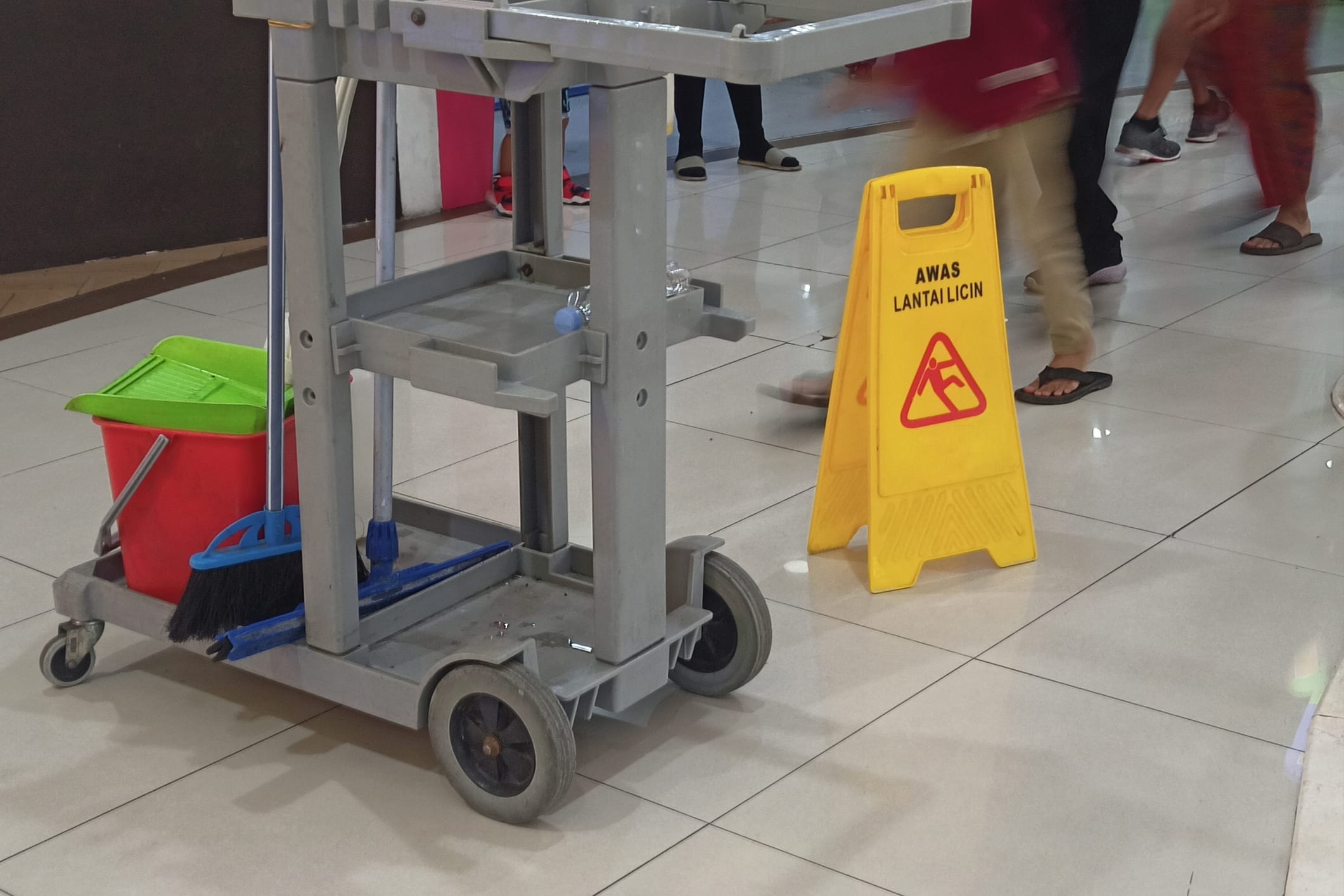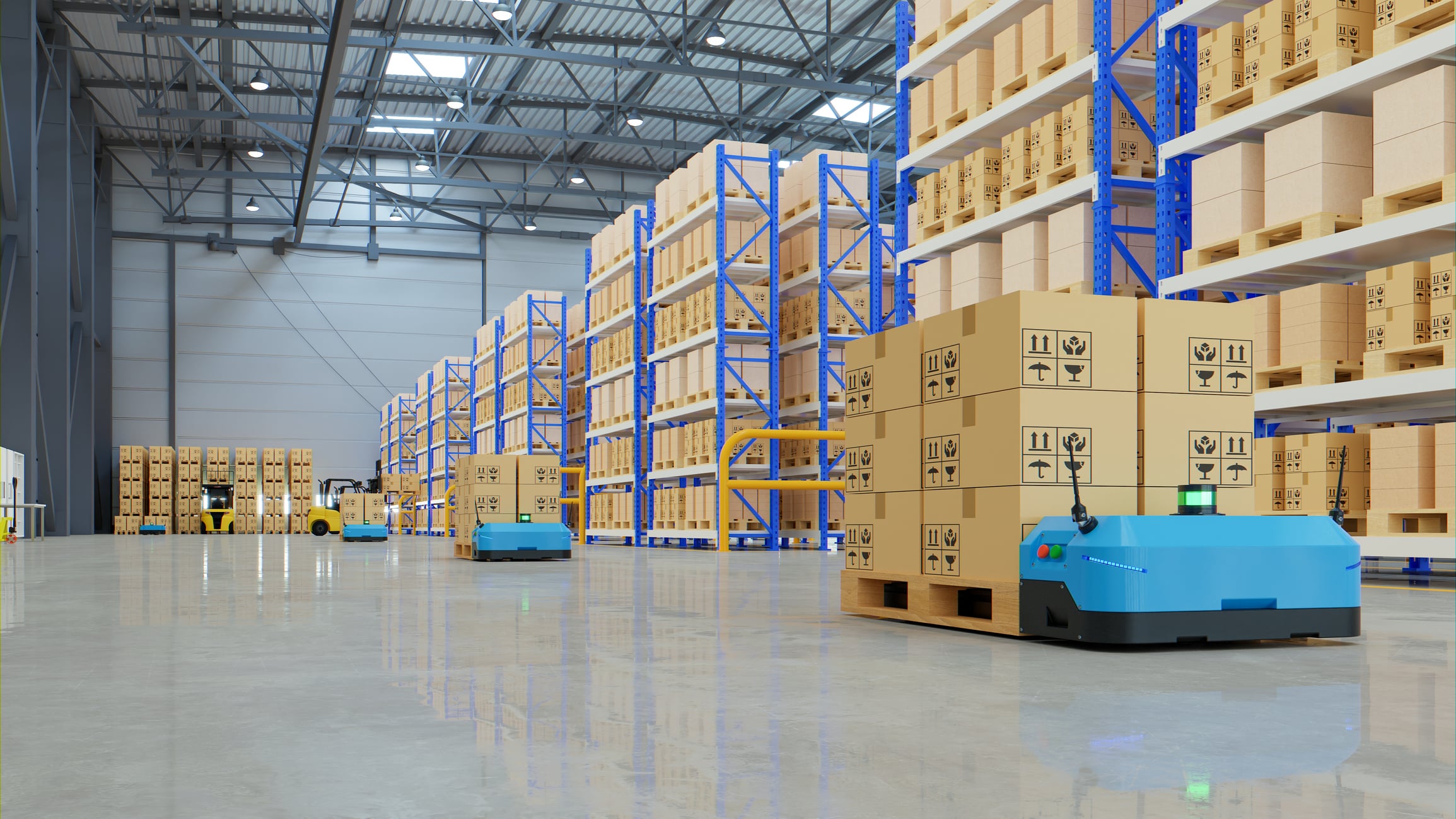When it comes to non-slip safety, there’s one element that is often overlooked but can have serious consequences: slip and fall accidents. These accidents can happen anywhere – from slippery floors in homes to wet tiles in public spaces. It’s important to understand the risks associated with slips and falls and how they can be prevented to ensure our own and others’ safety.
With non-slip safety becoming an increasingly important topic, it’s vital to be aware of the preventive measures that can be taken. This article explores the various risks associated with slip and fall accidents and provides practical solutions to minimize the chances of such incidents occurring.
From establishing effective cleaning procedures to investing in non-slip safety flooring surfaces, there are several preventive measures that individuals and businesses can take to create a safer environment. By understanding the risks and implementing the right preventive measures, we can protect ourselves, our loved ones, and our customers from the dangers of slip and fall accidents.
Whether at home, at work, or in public spaces, non-slip safety should be a top priority. Let’s delve into this topic to gain a better understanding of the risks and learn how we can make our surroundings safer for everyone.
The importance of non slip safety
Slip and fall accidents are often overlooked, yet they can have serious consequences. These accidents can occur anywhere, from slippery floors in homes to wet tiles in public spaces. It is crucial to understand the risks associated with a lack of non-slip safety at your premises and how they can be prevented to ensure the safety of ourselves and others. In this article, we will explore the various risks associated with slip and fall accidents and provide practical solutions to minimize the chances of such incidents occurring.
Common risks and accidents caused by slips and falls
Slip and fall accidents are more common than we might think, and they can result in severe injuries. According to the National Safety Council, slips and falls are one of the leading causes of unintentional injuries in the United States. These accidents can cause fractures, head injuries, and even fatalities. By prioritizing non-slip safety, we can significantly reduce the occurrence of these accidents and protect ourselves and our loved ones.
Understanding the causes of slips and falls
Slip and fall accidents can happen in various settings, including homes, workplaces, and public spaces. Some common risks and accidents associated with slips and falls include:
1. Wet or slippery floors: Spills, leaks, or inadequate cleaning can lead to wet or slippery floors, increasing the risk of accidents.
2. Uneven surfaces: Cracks, potholes, or uneven flooring surfaces can cause individuals to trip and fall.
3. Poor lighting: Insufficient lighting can make it difficult to see potential hazards, increasing the risk of slips and falls.
4. Weather conditions: Snow, ice, or rain can create hazardous conditions, especially in outdoor areas.
5. Cluttered walkways: Obstacles, debris, or misplaced objects can obstruct walkways, increasing the chances of trips and falls.
Preventive measures for non slip safety
To effectively prevent slip and fall accidents and increase non-slip safety, it is essential to understand the underlying causes. Some common causes of slips and falls include:
1. Lack of traction: Surfaces with low traction, such as polished or smooth floors, increase the likelihood of slips. Implementing a solid non-slip safety strategy can avoid accidents.
2. Inadequate footwear: Wearing shoes with worn-out soles or improper grip can contribute to slips and falls.
3. Poor housekeeping: Neglecting regular cleaning and maintenance can lead to hazardous conditions, such as wet floors or cluttered walkways.
4. Lack of hazard awareness: Failing to identify and address potential hazards in a timely manner can increase the risk of accidents.
5. Age-related factors: Older adults are more susceptible to slips and falls due to factors like reduced balance and muscle strength.
Non slip flooring options and materials
To create a safer environment and reduce the chances of slip and fall accidents, it is crucial to implement preventive measures. Here are some practical solutions that individuals and businesses can consider:
1. Establish effective cleaning procedures: Regularly clean and maintain floors to remove spills, debris, and other potential hazards. Use appropriate cleaning agents and techniques to ensure floors remain slip-resistant.
2. Invest in non-slip safety flooring surfaces: Consider installing flooring materials that offer enhanced traction, such as rubber, vinyl, or textured tiles. These surfaces provide better grip and reduce the risk of slips.
3. Use non-slip safety products and equipment: Utilize non-slip safety mats, grip tapes, or adhesive strips in areas prone to slips and falls, like entrances, stairs, or bathrooms. These products provide additional traction and improve safety.
4. Ensure proper lighting: Adequate lighting is essential to identify potential hazards. Install bright lighting in all areas, both indoors and outdoors, to enhance visibility and reduce the risk of accidents.
5. Maintain clear walkways: Regularly inspect and clear walkways from obstacles, clutter, or debris. Use signage or floor markings to indicate potential hazards and guide individuals safely.
6. Implement non slip safety regulations and standards: Familiarize yourself with local safety regulations and standards related to slip and fall prevention. Ensure compliance to create a safer environment.
7. Provide training and education: Educate employees, residents, and visitors about slip and fall prevention. Offer training programs, safety seminars, or informative materials to promote awareness and responsible behavior.
Non slip safety products and equipment
Choosing the right flooring materials is crucial to enhance slip resistance and minimize the risk of accidents. Here are some popular non-slip flooring options:
1. Rubber flooring: Rubber provides excellent traction and is resistant to slips even when wet. It is a durable and versatile option suitable for various settings, including gyms, kitchens, and commercial spaces.
2. Vinyl flooring: Vinyl is a cost-effective and low-maintenance option that offers slip resistance. It comes in a wide range of designs and is commonly used in healthcare facilities, schools, and retail spaces.
3. Textured tiles: Tiles with textured surfaces provide better grip and reduce the chances of slips. They are commonly used in bathrooms, swimming pool areas, and outdoor spaces.
4. Epoxy coatings: Epoxy coatings can be applied to existing flooring surfaces to enhance slip resistance. They provide a durable and seamless finish, making them suitable for industrial and commercial environments.
Non slip safety regulations and standards
In addition to choosing the right flooring materials, there are various non-slip safety products and equipment available to enhance safety. Some common options include:
1. Non-slip safety mats: These mats are designed with textured surfaces to provide additional traction. They can be placed in areas prone to slips, such as entrances, kitchens, and industrial workspaces.
2. Grip tapes: Grip tapes feature adhesive backing and a textured surface, making them ideal for enhancing grip on stairs, ramps, or walkways. This is by far the quickest way to increase non-slip safety on stairs.
3. Anti-slip coatings: Anti-slip coatings can be applied to existing surfaces to increase traction. They are commonly used on stairs, decks, or other areas that are exposed to moisture or spills.
4. Non-slip safety footwear: Wearing appropriate footwear is crucial for slip prevention. Safety shoes with slip-resistant soles and good grip can significantly reduce the risk of accidents, especially in industrial or construction settings.
Training and education for non slip safety
To ensure the highest level of non-slip safety, it is important to be aware of relevant regulations and standards. Different countries and industries may have specific guidelines and requirements. Some common regulations and standards include:
1. Occupational Safety and Health Administration (OSHA): OSHA sets standards and regulations to ensure workplace safety in the United States. They provide guidelines for slip and fall prevention in various industries.
2. American National Standards Institute (ANSI): ANSI develops and publishes safety standards for various industries, including standards related to slip resistance and flooring materials.
3. International Building Code (IBC): The IBC is a model building code adopted by many countries worldwide. It includes provisions for slip resistance and other safety measures in buildings and structures.
Conclusion and final thoughts
Creating a culture of non-slip safety requires ongoing training and education. Here are some ways to promote awareness and responsible behavior:
1. Employee training: Provide comprehensive training to employees on slip and fall prevention. Cover topics such as hazard identification, safe work practices, and proper use of non-slip safety equipment.
2. Safety signage and posters: Display signage and posters in prominent areas to remind individuals of potential hazards and safe practices. Use visual cues and concise messages to communicate effectively.
3. Safety campaigns: Launch safety campaigns to raise awareness about non-slip safety. Use creative and engaging activities to engage employees, residents, or visitors.
4. Regular safety audits: Conduct routine safety audits to identify potential hazards and ensure compliance with non-slip safety measures. Address any issues promptly to maintain a safe environment.
About Slip No More
With more than 15 years of experience in the slip-prevention industry, our products are developed to solve the problem of slippery floors in all areas.
Why not follow our Facebook, Instagram, Twitter, or YouTube accounts for funny videos, informative posts, and general floor safety information? We also have loads of great reviews from our customers on Trustpilot. If you found this article helpful, take a look at our related articles:
